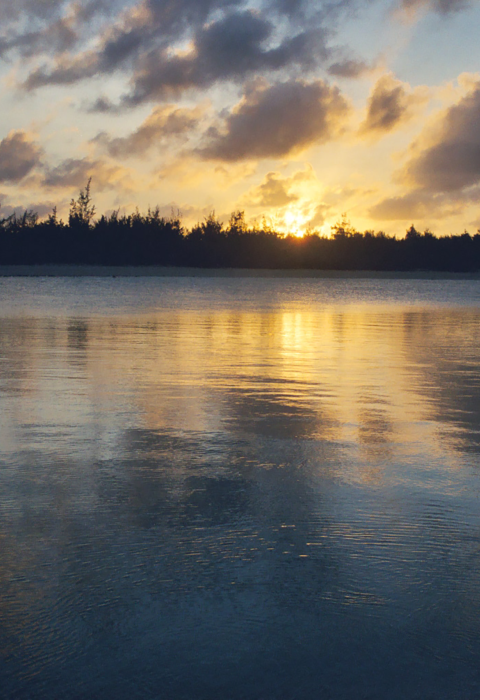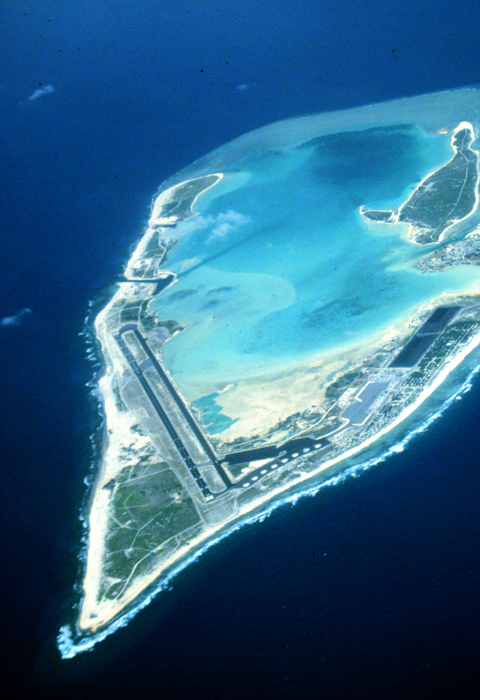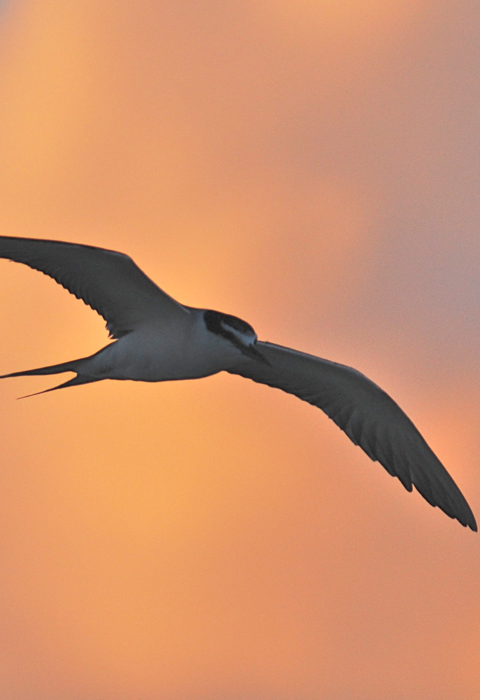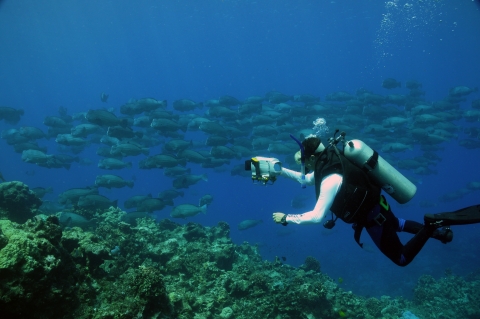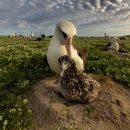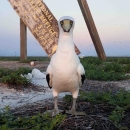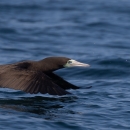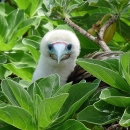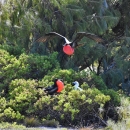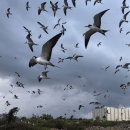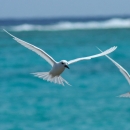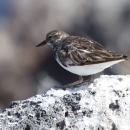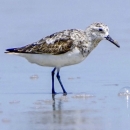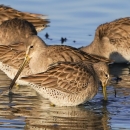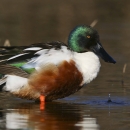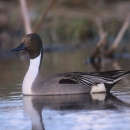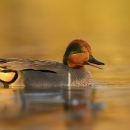Visit Us
Due to its remote location in the Pacific and to give adequate protection to its native habitat and wildlife, Wake Atoll National Wildlife Refuge is not accessible to the general public. Refuge access is solely managed through the issuance of a Special Use Permit when the activity is deemed compatible and appropriate with the purposes of refuge establishment.
Location and Contact Information
About Us
Wake Atoll National Wildlife Refuge is located 2,138 nautical miles west of Honolulu. It is the northernmost atoll in the Marshall Islands geological ridge and perhaps the oldest and northernmost living atoll in the world. Composed of a reef-enclosed lagoon, the atoll consists of three coral islands (Peale, Wake and Wilkes), built upon an underwater volcano. The islands of the Atoll are managed as an active U.S. Air Force installation, while the refuge encompasses the submerged lands and waters from mean low tide out to the 200 nautical mile monument boundary. Wake Atoll was designated as a National Historic Landmark National Historic Landmark
National Historic Landmark is a nationally significant historic place designated by the Secretary of the Interior because it possesses exceptional value in illustrating or interpreting the heritage of the United States. More than 2,600 places bear this designation, 10 of them on U.S. Fish and Wildlife Service lands.
Learn more about National Historic Landmark in 1985 in recognition of its role in World War II. Numerous artifacts from the war remain, perhaps the most famous being the “98 Rock,” a memorial for the 98 U.S. civilian contract POWs who were forced by their Japanese captors to rebuild the airstrip as slave labor, then blindfolded and killed by machine gun on October 5, 1943.
What We Do
Refuges use a wide range of land management tools based on the best science available. Some refuges use prescribed fires to mimic natural fires that would have cleared old vegetation from the land helping native plants regenerate and local wildlife to thrive. Other refuges contain Wilderness areas where land is largely managed passively. The management tools used are aimed at ensuring a balanced conservation approach where both wildlife and people will benefit.
Our Species
Wake Atoll National Wildlife Refuge is home to numerous species of unique wildlife. There have been 100 species of corals reported and abundant fish populations with at least 323 recorded species. Bird are active throughout the year to include 12 nesting seabirds and six migratory shorebirds. Wake is also home to numerous reptiles, amphibians, and invertebrates.

